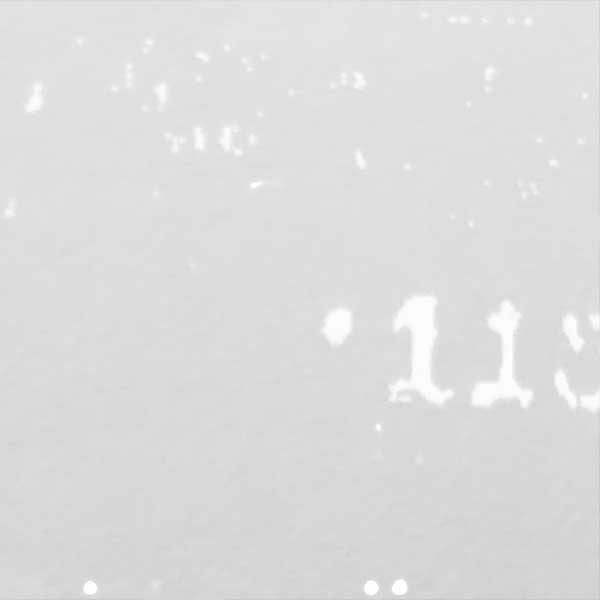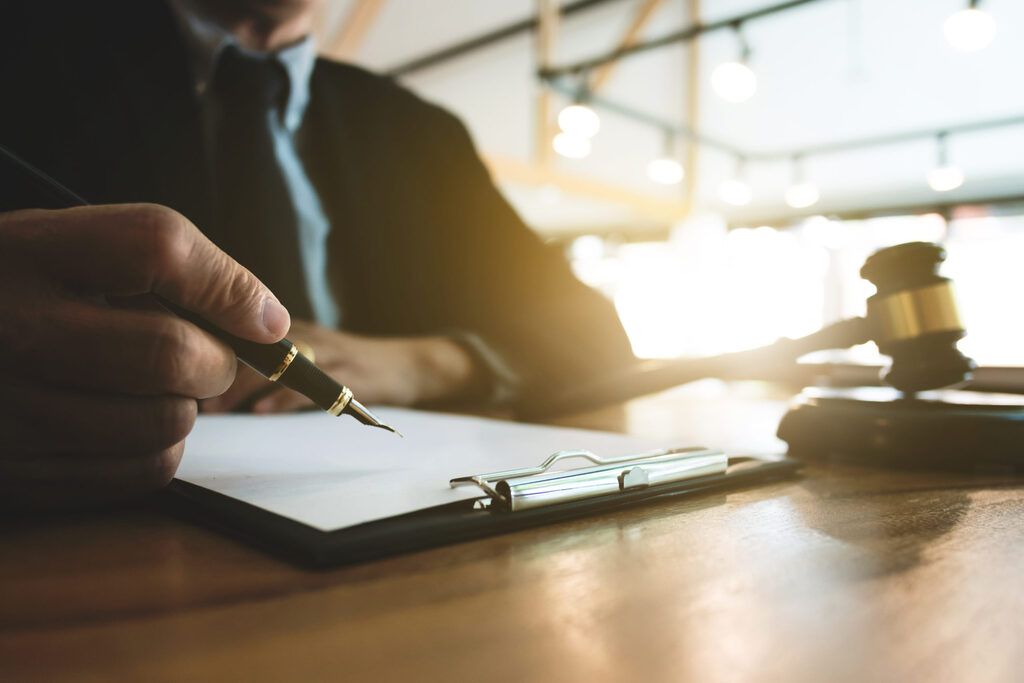
California CPAP Lawsuit
A CPAP (continuous positive airway pressure) machine keeps your airway open while you sleep by delivering a steady air stream through a mask. Doctors often prescribe CPAP machines for people with obstructive sleep apnea.
For some, a CPAP machine is literally a lifeline because, without it, they may stop breathing long enough to suffer significant health consequences. If you are one of the millions of people who used a Philips CPAP machine, you were likely upset and concerned to learn of the massive recall Philips initiated in June 2021. You may be one of the millions of Americans still waiting for a replacement CPAP machine or unable to get a replacement machine. It is likely distressing trying to figure out what is safer in the meantime—continuing to use a machine that is potentially exposing you to toxic chemicals or risking significant health consequences sleeping without a CPAP machine while you wait for a replacement.
As a consumer, you have the right to hold large corporations accountable for their negligence. Using their experience in complex litigation, Ray Boucher and his team of California CPAP lawsuit attorneys will help you seek restitution for your injuries.

What Is the CPAP Recall?
In 2021, Philips Respironics filed a voluntary recall of several Philips CPAP, BiPAP, and ventilator devices manufactured between 2009 and April 26, 2021. The recall affects millions of patients, with half residing in the United States. From April 2021 to April 30, 2022, the FDA received over 21,000 medical device reports showing the device contributed to a death or severe injury. The reports include 124 reports of death related to polyester polyurethane (PE-PUR) foam breakdown.
Philips installed PE-PUR foam in its breathing devices to reduce sound and vibration. The chemical components of PE-PUR foam react when in contact with water. Many CPAP models use water to add humidity to the machine for the patient’s comfort. When the foam degrades, it physically breaks down, resulting in toxic chemical emissions and black pieces, debris, or particles. The CPAP user can inhale the emissions or particles or ingest the debris. Phillips acknowledged in its recall notice that the potential risks of particular exposure and off-gassing include:
- Respiratory sensitization and irritation,
- Asthma,
- Certain types of cancer,
- Skin sensitization,
- Liver toxicity,
- Reproductive toxicity,
- Genotoxicity, and
- Kidney toxicity.
In November 2021, the FDA issued a scathing 483 Report detailing Philips failure to address problems with the PE-PUR foam. The report revealed Philips was well aware of the problems with the PE-PUR foam degradation and off-gassing by at least 2015, yet failed to take any meaningful action. Because the evidence shows Philips’ knowledge and inaction to correct the defect, the company is vulnerable to consumer product defect lawsuits.
What Should I Do If My CPAP Is Affected by the Recall?
If your CPAP machine is affected, the FDA recommends that you continue using your device until you see your doctor. You can report your symptoms to the FDA through the MedWatch Voluntary Reporting Form.
Meanwhile, you can register with Philips to replace the foam on your device. However, Philips prioritizes claims according to risk factors like age, related health conditions, and the severity of your sleep apnea. The FDA also reported that new silicone-based foam in replacement machines could pose a safety risk. Philips estimates it will complete a majority of the replacements by late 2022.
If you or your loved one encounter serious medical problems after using a recalled device, you may be entitled to damages through a CPAP lawsuit.
Do I Qualify for a CPAP Machine Lawsuit?
Injuries from exposure to decaying foam can lead to life-threatening health issues or permanent impairment. You may not be able to return to work because of your injuries or hospitalization. Warning signs of long-term medical issues caused by using a device with PE-PUR foam include:
- Headache;
- Dizziness or lightheadedness;
- Eyes, nose, respiratory tract (airway), or skin irritations;
- Cough;
- New onset or worsening asthma;
- Chest pressure;
- Sinus infection;
- Hypersensitive reactions, like an allergic reaction or other immune system reaction;
- Nausea or vomiting;
- Pulmonary fibrosis; and
- Organ failure or cancer.
You likely have a claim for compensatory damages if you or a loved one experienced any of these symptoms after using a recalled device, including:
- Philips DreamStation CPAP,
- E30 (Continuous Ventilator, Minimum Ventilatory Support, Facility Use),
- SystemOne (Q-Series),
- DreamStation Go,
- Dorma 400,
- Dorma 500,
- REMstar SE Auto,
- DreamStation ASV,
- DreamStation ST, AVAPS,
- SystemOne ASV4,
- C-Series ASV,
- C-Series S/T and AVAPS,
- OmniLab Advanced, and
- Specific models of Trilogy Evo.
You may have used these devices at home or in the hospital. In its study, Philips saw visual foam degradation in 1,105 of 60,847 patient-used devices (about 2%).
How to File a CPAP Claim
Nearly 300 claims against Philips have been consolidated in the Western District of Pennsylvania as Multi-District Litigation (MDL). The MDL alleges violations of state consumer protection statutes, breach of warranties, and unjust enrichment because of the foam defects. If you file suit in federal court, your case will be added to the MDL. The MDL allows for streamlined and coordinated discovery, including document production, document review, and corporate witness depositions. It also ensures a more consistent process and rulings among the cases filed in federal court across the country.
Like a class action lawsuit, the consolidated cases share factual questions with respect to the corporation’s negligence and with respect to the science supporting a causal relationship between the faulty device and the alleged injury. However, personal injury cases are highly individualized and cannot be the subject of a class action. An MDL provides the same advantages with respect to efficiency and consistency but allows each plaintiff to maintain their own claims, alleging facts specific to their injuries and the surrounding circumstances. Typically, a successful MDL litigation concludes with what is known as a “global settlement,” where the company pays a large sum of money to resolve all or most of the claims pending in the MDL. That amount is then allocated to individual plaintiffs, using objective criteria that takes into account the severity or uniqueness of their injuries. If a plaintiff disagrees with the conditions of a settlement or the allocation made for their individual case, they can proceed with litigation on an individual basis.
How Boucher LLP Can Help
We understand the pain of a significant medical diagnosis, like cancer. The pain is exceptionally distressing if caused by a device meant to improve your health. Further, because of the COVID-19 pandemic, replacements for your affected CPAP machine can be hard to find. While registering for a replacement is one available option, you may have lost more than the use of your machine. If you or a family member is facing serious medical problems, you have a right to financial recovery. You can receive compensation for medical bills, lost wages, and pain and suffering through a lawsuit.
The compassionate attorneys at Boucher LLP have helped injured Californians and their families bring negligent corporations to justice for many years. When you call our firm, we will listen to your situation and explain your options for filing a claim. In cases involving a nationwide recall of a medical device, you need a lawyer familiar with the complexities of the science involved and the litigation landscape. At Boucher LLP, our California CPAP lawsuit lawyers understand the procedures and can guide you through every step. Contact us today.